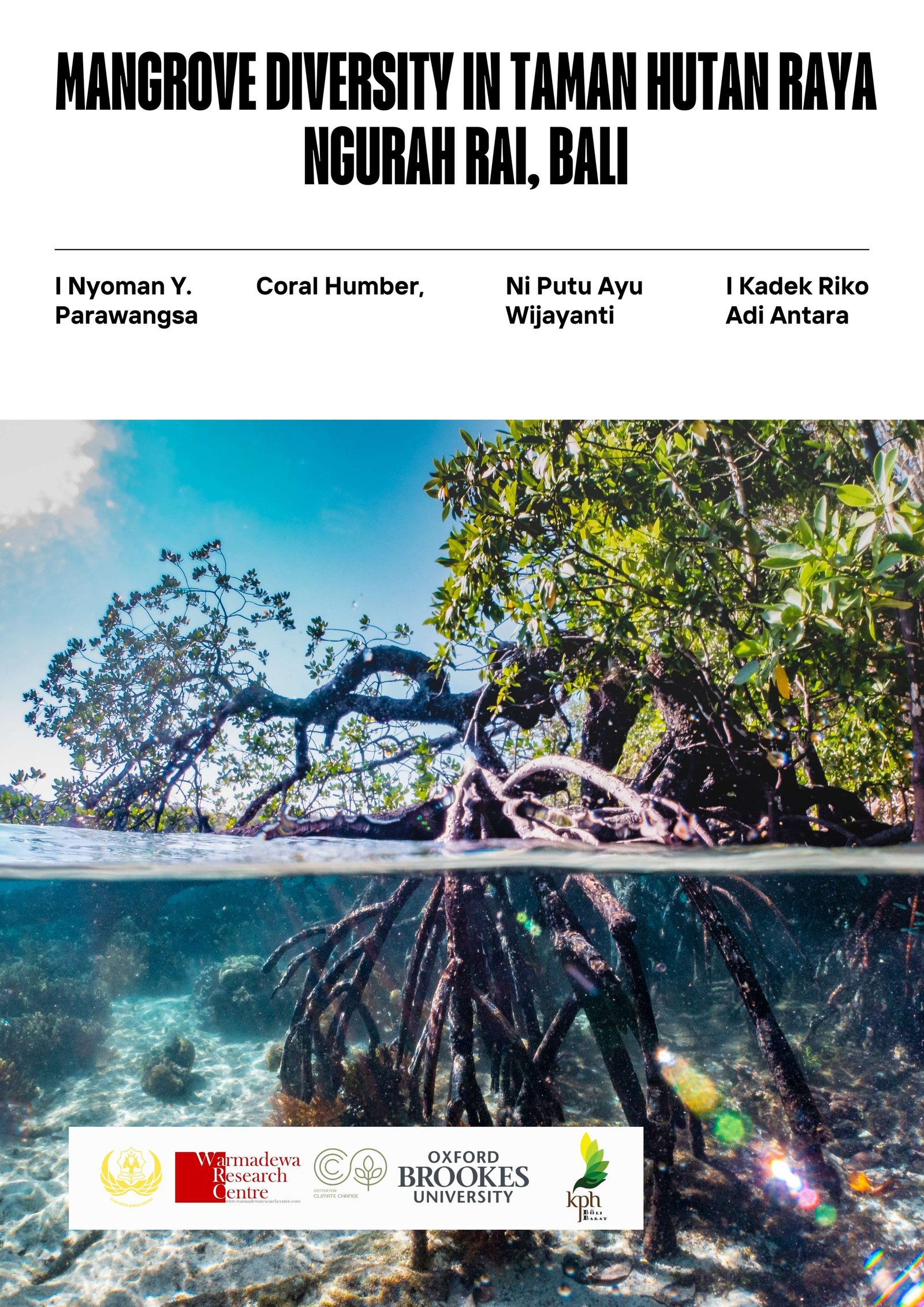-Photo by Agung Parameswara
Research Programs 15 Oktober 2023
Mangrove Diversity in Taman Hutan Raya Ngurah Rai, Bali
Indonesia has a history of paleobiogeography and tropical climate conditions which have a major influence on the level of biodiversity. Ecosystems in Indonesia's land and sea landscapes are very varied, integrated with each other to form archipelagos. This makes Indonesia nicknamed a maritime megabiodiversity country. One ecosystem that has a vital role and is between land and sea ecosystems is the coastal ecosystem (Apriana and Milla 2017).
Coastal ecosystems are transitional areas, playing a very important role in the survival of living things. Mangroves are one of the coastal ecosystems that hold biological potential and provide environmental services (Karimah 2017). Mangrove forest ecosystems are often called brackish forests because they are found in brackish areas (estuarine), namely areas with salt levels between 0.5‰ and 30‰ (Poedjirahajo et al. 2017). The mangrove ecosystem is dynamic, unstable and complex (Anwar et al. 2021). Mangrove ecosystems are dynamic because they can continue to grow, develop, experience succession, and undergo zoning changes. It is unstable because it is easily damaged and difficult to recover. It is complex because it is a habitat for various types of land animals and aquatic biota.
Mangroves are one of the rare and unique ecosystems in the world, because their area is only 2% of the earth's surface. Indonesia has the largest mangrove ecosystem area in the world. The diversity of Indonesian mangrove species is the highest in the world. These species include, Avicennia marina, A. officinalis, Bruguiera cylindrical, B. gymnorrhiza, B. parviflora, Ceriops decandra, C. tagal, Rhizophara apiculata, R. stylosa, Sonneratia alba, S. Caseolaris. The diversity of Indonesian minor mangrove species is also quite high, including Acrostichum aureum, A. speciosum, Aegiceras corniculatum, A. floridum, Excoecaria agallocha, Heritiera littoralis, Osbornia octodonta, Pemphis acidula, Planchonella obovata, Scyphiphora hydrophyllacea. As well as mangrove species associated with the graminae group, epiphytes, pteridophytes, bryophytes and others.
Environmental factors can influence mangrove diversity. Mangrove forest zoning is strongly influenced by substrate, salinity and tides. Tides and currents that carry sediment material that occur periodically cause differences in the formation of mangrove zonation. Some of these physical environmental factors are soil type, exposure to waves, salinity and inundation by tidal water. Facing variations in environmental conditions like this, mangrove vegetation zoning will naturally form. Based on this description, research that reveals the diversity of mangroves in the Taman Hutan Raya Ngurah Rai, Bali needs to be carried out. The results of this research can be used as basic information in managing mangrove forests in the Taman Hutan Raya Ngurah Rai, Bali. Based on this, the aim of this research is to determine the condition of mangrove diversity in the Taman Hutan Raya Ngurah Rai, Bali.




